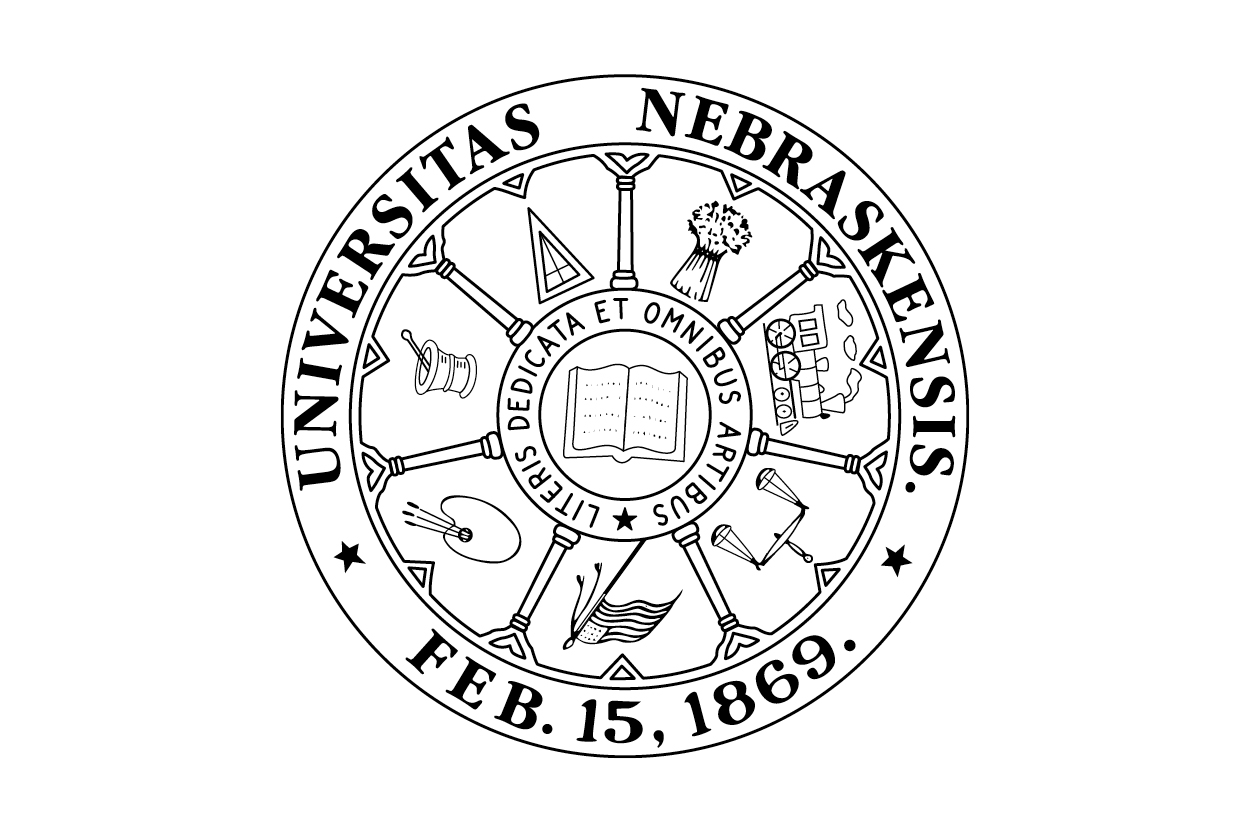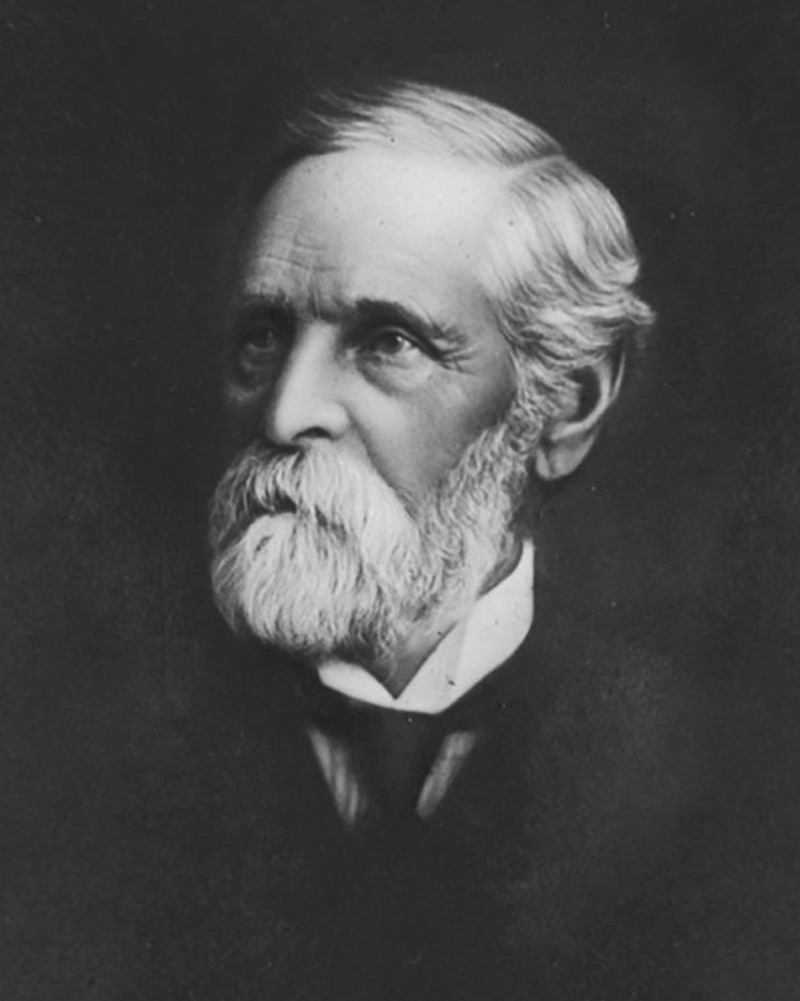About University Seals
The first university seals date back to the rise of modern universities in 12th-century Europe. They were granted by a monarch or ruler to a university in recognition of its status as a semi-autonomous entity that could conduct legal affairs. The seal was a symbol of this autonomy, as well as the special privileges and rights accorded to members of the university, and it functioned as the “signature” of the institution. Over time, the meaning and purpose of the university seal has changed, particularly as the use of institutional seals to authenticate legal documents has declined. However, the use of an official seal still conveys a sense of authority and authenticity.
About the University of Nebraska System Seal

Chartered in 1869 as a Morrill Act land grant institution, the University of Nebraska is dedicated to the Jeffersonian ideal of a “generalized diffusion of knowledge.” Allen R. Benton (1871-1876), the first chancellor of the University of Nebraska–Lincoln, significantly shaped the University of Nebraska through his creation of the university seal.
Today, it is the primary graphic identifier for the University of Nebraska system. It is the only official seal for the University of Nebraska, as approved by the Board of Regents. The seal is used on diplomas, formal documents and certificates, but it cannot be changed in any way.
History of the Seal

“Late in the summer of 1871, just a few weeks before classes began in the University, Benton went on a trip to the East. During the tedious railroad journey, the Chancellor, according to a frequently repeated story, mused over the University and its philosophical basis.
Finally he drew a piece of paper from his coat pocket and began to sketch a seal for the University which would embody his educational ideals and objectives. In the center of the seal he drew an open book, symbolic of the library arts. Around it he lettered a Latin phrase, Literis dedicata et omnibus artibus (Dedicated to Letters and All the Arts).
Around this central figure Benton placed the symbols of the colleges and schools which he hoped the University would in time include: a sheaf of wheat for the College of Agricultural; a locomotive for the College of Mechanical Engineering; the scales of justice for the College of Law; surveyors' instruments for the College of Civil Engineering; the American flag for the military department; a mortar and pestle for the College of Medicine; and an artist's palette for the Fine Arts.
In this dramatic and permanent form Benton set down the basic structure of the University of Nebraska."
From page 25 of "Centennial History of the University of Nebraska: Frontier University, 1869-1919." Written by Robert N. Manley and Robert McLaran Sawyer and published in 1969 by the University of Nebraska Press.
Usage of the Seal
The Board of Regent Bylaws contains an entire section about the seal, Section 1.4.6, and notes that the Corporation Secretary is custodian of the seal. The Board of Regents Policies also contains a section on the seal, section 1.4.1, noting that use of the University of Nebraska seal should be reserved for formal and official uses by the University.
The seal is used in the most formal applications and expressions of the university's identity and is reserved as an insignia for documents of institutional and legal importance—for example, diplomas, transcripts, certificates, commencement programs, and flags.
COOKIE USAGE:
The University of Nebraska System uses cookies to give you the best online experience. By clicking "I Agree" and/or continuing to use this website without adjusting your browser settings, you accept the use of cookies.

